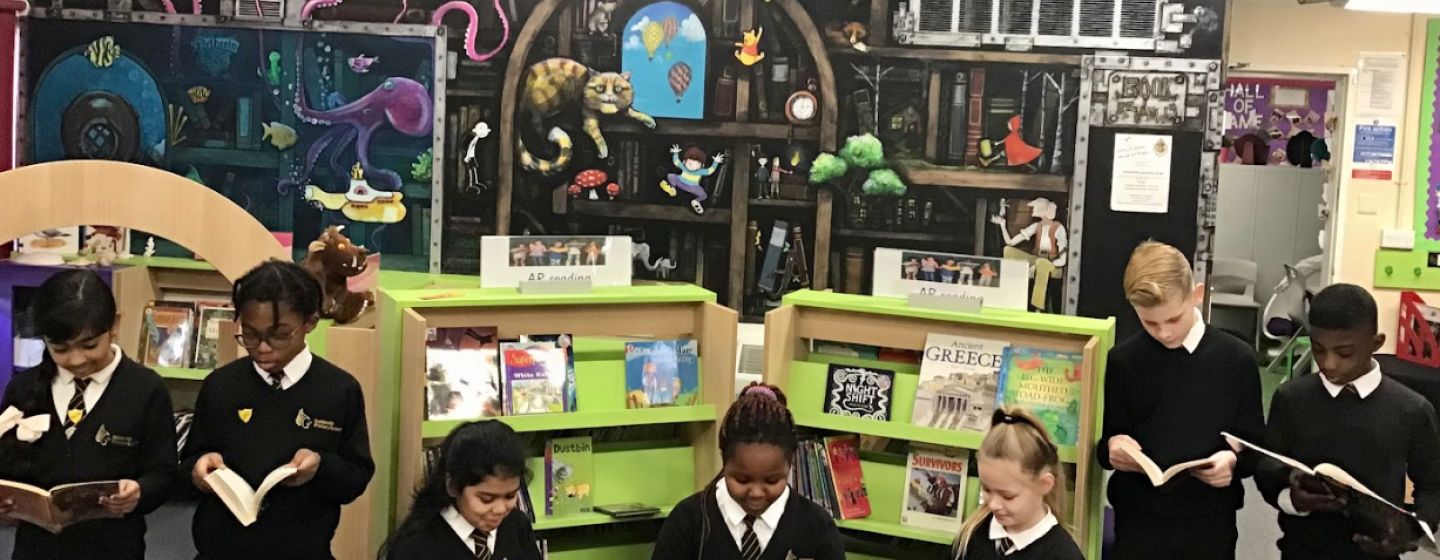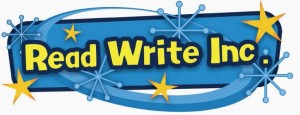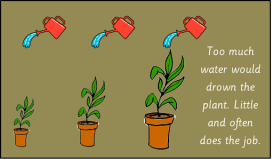
Early Reading and Phonics
 Intent:
Intent:
The whole school is determined that every pupil will learn to read. The school’s phonic programme has clear expectations of pupils’ phonic progress term by term. This rigid and robust approach to phonics (RWI) ensures that all pupils access reading at an appropriate level, at the right time.
Implementation:
What is our curriculum?
We teach phonics systematically using the Read Write Inc Programme. Our expectations for children at the end of each year are outlined in the table below:
| Year | Expectations |
|---|---|
| Nursery |
|
| Reception |
|
| Year 1 |
|
| Year 2 |
|
In Nursery, Phase One of Letters and Sounds is used to develop children's speaking and listening skills and lays the foundations for a synthetic phonics programme to be introduced. The emphasis during Phase 1 is to get children attuned to the sounds around them and ready to begin to develop oral blending and segmenting skills. In the last term of Nursery, children are taught to say the sounds of letters with the help of mnemonics and to blend the sounds into words. The Read Write Inc programme uses pure sounds so that children can blend the sounds into words more easily.
- Children are taught the sounds in 3 sets. Set 1 Sounds are taught in a specific order together with rhymes to help children form the letters correctly and instantly recognise sounds ready for blending
- Set 1 sounds are taught in Reception. The children are then taught Set 2 Sounds - the long vowels. Set 2 sounds are taught in Reception and the beginning of Year 1.
- When children are confident with all the sets 1 and 2 they are taught Set 3 Sounds. Set 3 sounds are taught in Year 1.
- In Years 3 and 4 30 minutes every day supports those children who did not pass the phonics screen at the end of year 2. They are taught in progress groups determined by a half termly phonics assessment.
Impact:
How is impact measured?
Reception completes an initial baseline and then every half term, matching the assessment used in Year 1 and Year 2. Children are placed in a progress group according to their phonic knowledge and receive daily phonics matched to sounds that they are secure with. At the end of year 1 (and for those children in year 2 who did not pass the check in year 1) a phonics screening check is taken to ensure children are making sufficient progress with their phonic skills. Children are asked to read (decode) 40 words. Most of these are real words but some are pseudo-words.
How do we know children have made progress?
Children move from groups, to ditties and then through coloured story books (Green, Purple, Pink, Orange, Yellow, Blue and Grey).
How do we challenge and support lack of progress?
Half termly assessments include a fluency check. As children become fluent readers can be assessed for progression on to the Accelerated Reader system. Half termly assessments identify the lowest 20% plus other children who require 1:1 ‘keep up’ intervention
 How are we inclusive?
How are we inclusive?
Read, Write, Inc. Phonics is an inclusive literacy programme for all children learning to read. It is aimed at children reading at the developing stage of their ARE or below and teaches synthetic phonics. Children learn the 44 common sounds, initially with the aid of mnemonics, in the English language and how to blend them to read and spell.
Initial pure sounds are taught in a specific order and then children are taught that the number of graphemes in a word always corresponds to the number of phonemes (sounds). This greatly aids spelling. Letter names are introduced with Set 3.

